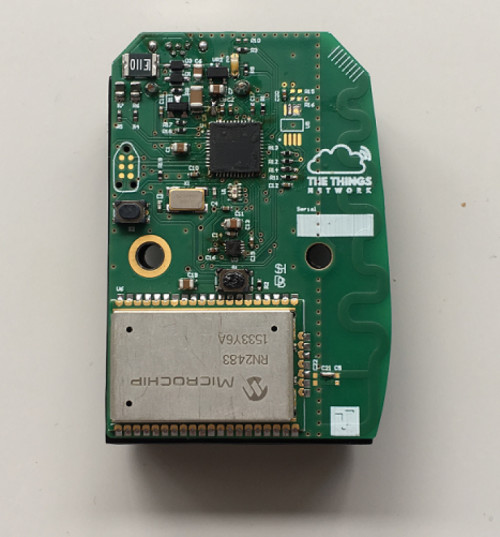

#Insert node basex series
This chapter gives a high-level introduction to the XQuery language by presenting a series of examples, each of which illustrates an important feature of the language and shows how it is used in practice.

XQuery is a functional language-instead of executing commands as procedural languages do, every query is an expression to be evaluated, and expressions can be combined quite flexibly with other expressions to create new expressions. Note that the data model used by XQuery is quite different from the classical relational model, which has no hierarchy, treats order as insignificant, and does not support identity. XQuery can be used to query XML data that has no schema at all, or that is governed by a World Wide Web Consortium (W3C) XML Schema or by a Document Type Definition (DTD). To be more precise, XQuery is defined in terms of the XQuery 1.0 and XPath 2.0 Data Model, which represents the parsed structure of an XML document as an ordered, labeled tree in which nodes have identity and may be associated with simple or complex types. XQuery is based on the structure of XML and leverages this structure to provide query capabilities for the same range of data that XML stores. An XML document is essentially an outline in which order and hierarchy are the two main structural units. However complex the data stored in XML may be, the structure of XML itself is simple. Examples illustrating the variety of XML documents and queries that operate on them appear in.

An XML document can represent almost anything, and users of an XML query language expect it to perform useful queries on whatever they have stored in XML. In addition, some systems offer XML views of non-XML data sources such as relational databases, allowing XML-based processing of data that is not physically represented as XML. XML ( Extensible Markup Language) is an extremely versatile data format that has been used to represent many different kinds of data, including web pages, web messages, books, business and accounting data, XML representations of relational database tables, programming interfaces, objects, financial transactions, chess games, vector graphics, multimedia presentations, credit applications, system logs, and textual variants in ancient Greek manuscripts.


 0 kommentar(er)
0 kommentar(er)
